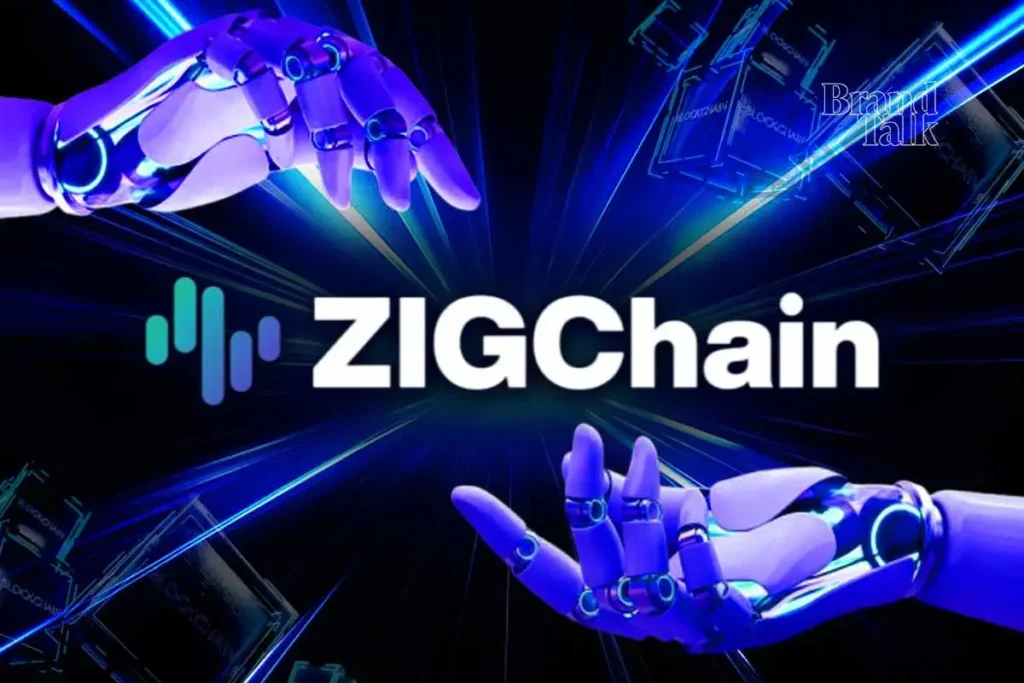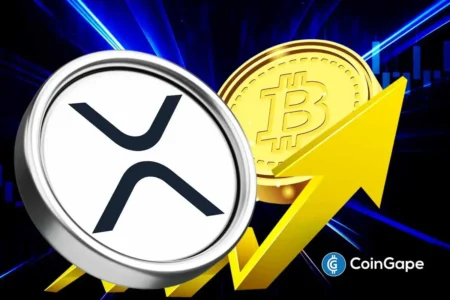ZIGChain: Advancing Real-World Assets in Decentralized Finance
In the ever-evolving landscape of cryptocurrency, Real-World Assets (RWAs) are emerging as a significant trend, especially with the recent surge in tokenized equities. As RWAs become increasingly central to both institutional and DeFi growth, the launch of ZIGChain’s mainnet on June 25 marks a pivotal moment for the industry. This new Layer-1 blockchain is specifically designed to facilitate applications in RWAs, decentralized finance (DeFi), and automated investment protocols. Co-founded by industry veterans Rafay Gadig and Bart Bordallo, ZIGChain aims to provide a transparent investment infrastructure focused on RWAs, opening avenues for long-term and scalable wealth generation.
ZIGChain: A Platform for Innovative Wealth Generation
ZIGChain is poised to be the native platform for developers creating transformational wealth-generation protocols. Its founders operate Zignaly, a reputable social investing and profit-sharing platform that boasts a global user base of over 500,000. At the heart of ZIGChain lies its modular tech stack known as the Wealth Management Engine, which enables delegated investments. This allows developers to harness the Cosmos SDK for building smart contracts using Rust programming language, thus enhancing the platform’s versatility.
The platform’s native token, ZIG, is integral to its operations, with 56% of the supply held by the existing community. Following the mainnet launch, ZIGChain is transitioning from its testnet phase, during which it successfully deployed several innovative applications including Oroswap, an AI-based conversational decentralized exchange (DEX), and Valdora Finance, a native liquid staking protocol. These initial projects exemplify the potential of ZIGChain’s infrastructure in providing new decentralized financial tools and showcasing its commitment to RWAs.
Surge in RWA Value: A Booming Market
As ZIGChain launches its mainnet, the total on-chain value of RWAs stands at approximately $23–24 billion, a remarkable 260% increase from $8.6 billion at the start of the year. Notably, $2.4 billion worth of RWAs were issued on the blockchain just in Q2 2025, representing 50% of all RWAs issued in the first half of the year. Ethereum remains the dominant player, hosting around $7.5 billion across 335 products, thus capturing 59% of the market share in tokenized Treasuries and institutional funds.
This escalating interest in RWAs has prompted a competitive environment among blockchains, with ZIGChain entering the fray at a crucial time. Ethereum’s stronghold is challenged by emerging platforms like ZKsync Era and Aptos, which have also witnessed significant growth in RWAs. ZKsync Era, for instance, has recorded $2.2 billion in RWAs, while Aptos enjoys strategic collaborations with traditional financial institutions, accumulating $544 million in RWAs by Q2 2025.
The Competitive Blockchain Landscape
As various Layer-1 and Layer-2 blockchains vie for dominance in the RWA sector, ZIGChain’s timing could prove beneficial. Ethereum’s lead is noteworthy; however, other competitors such as Solana are rapidly innovating with new use cases like tokenized carbon credits and real estate assets. At the same time, ZIGChain’s focus on RWAs positions it favorably to capture a significant share of this burgeoning market.
The competition is not merely a matter of numbers; it’s also about the quality and usability of protocols. With the rise of decentralized finance, the infrastructure enabling secure and efficient transactions is crucial for attracting institutional players and individual users alike. ZIGChain, by providing a well-structured ecosystem for developers, is actively contributing to the creation of an environment where innovative financial solutions can thrive.
Looking Ahead: The Future of RWAs and ZIGChain
As the market for RWAs continues to expand, ZIGChain stands at an exciting crossroads. By prioritizing the establishment of transparent and scalable investment infrastructures, the blockchain has the potential to become a significant player in the DeFi landscape. The initiatives and applications already in development indicate a strong commitment to delivering value not only to investors but also to a broader user base.
Developers and businesses within ZIGChain’s ecosystem will be essential to its success, as they explore the capabilities of its modular tech stack. As the community engages further with this platform, innovative applications will likely emerge, further enhancing the appeal of RWAs in the financial sector. As we move deeper into 2025, the stage is set for ZIGChain to redefine wealth generation in the decentralized finance ecosystem.
Conclusion
ZIGChain’s mainnet launch symbolizes a transformative moment in the realm of Real-World Assets. With its dedicated focus on facilitating decentralized finance and automated investment protocols, ZIGChain is well-positioned to capitalize on the rapid growth of RWAs within the blockchain industry. The combination of a robust tech stack, community-driven governance, and early-stage projects shows promise for the platform’s future, making it an exciting player in the cryptocurrency space. As it cultivates innovation and competitive advantages, the ongoing battle for RWA dominance will likely bring even more dynamic developments in the times ahead.
















